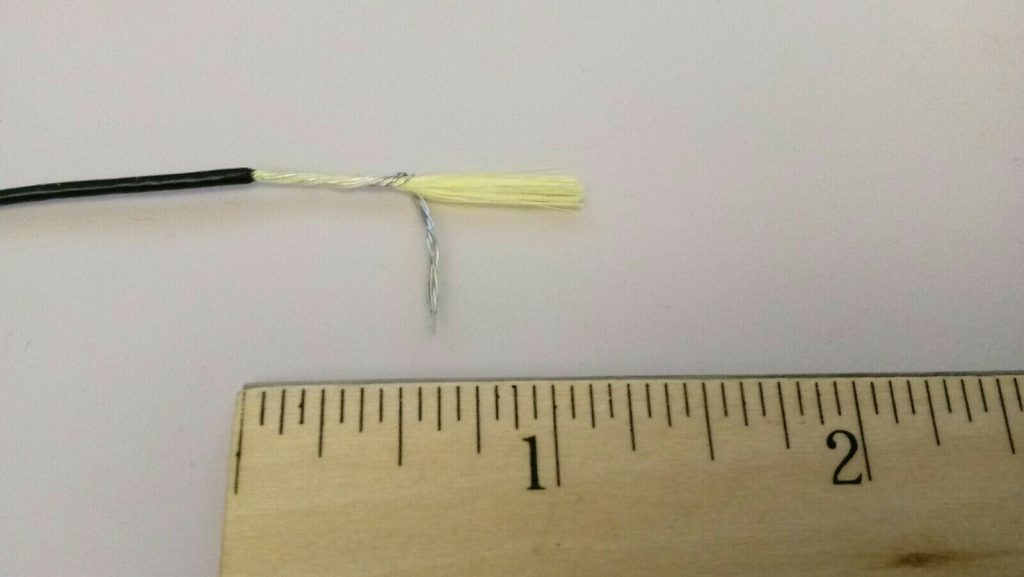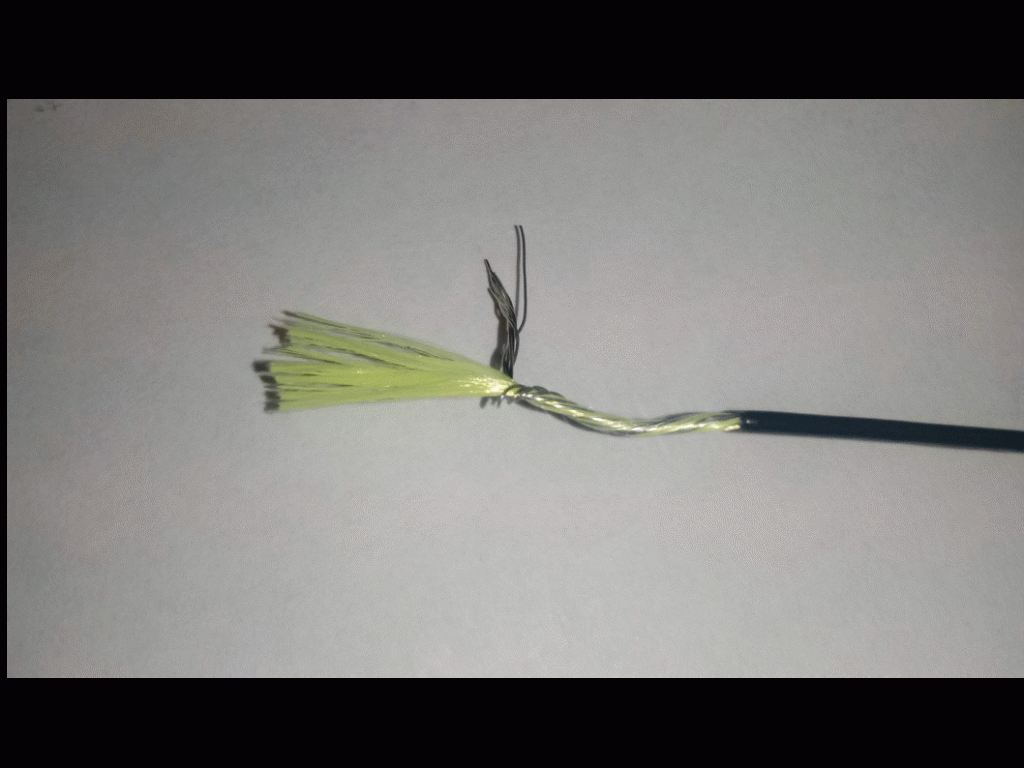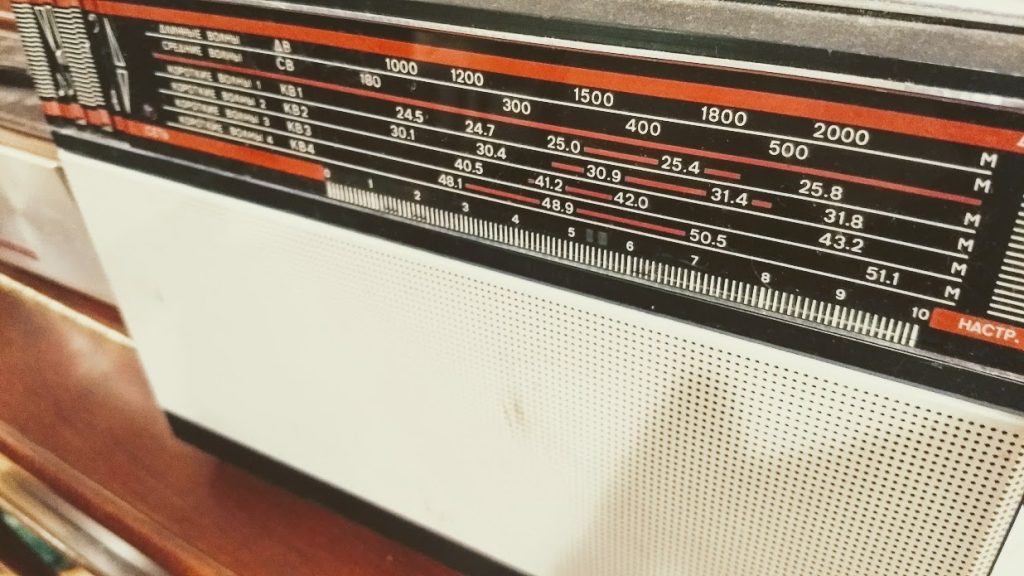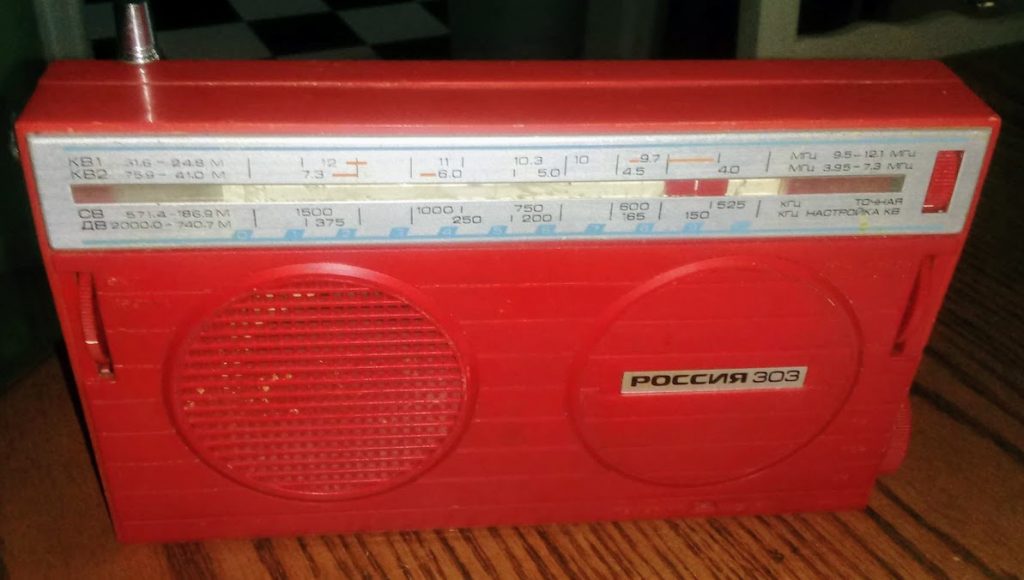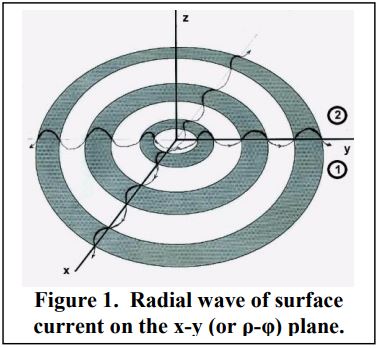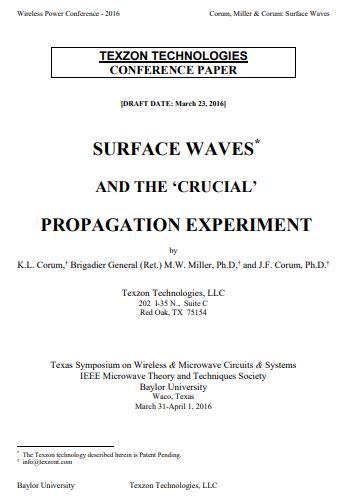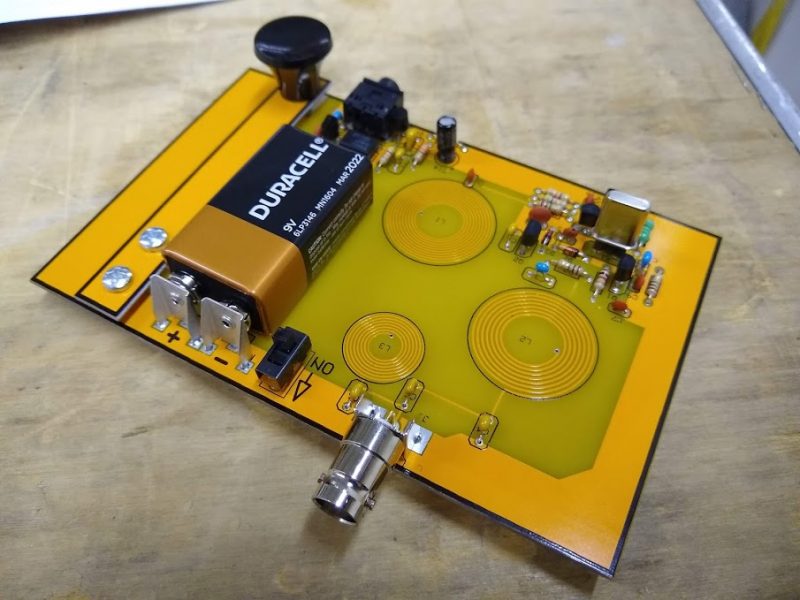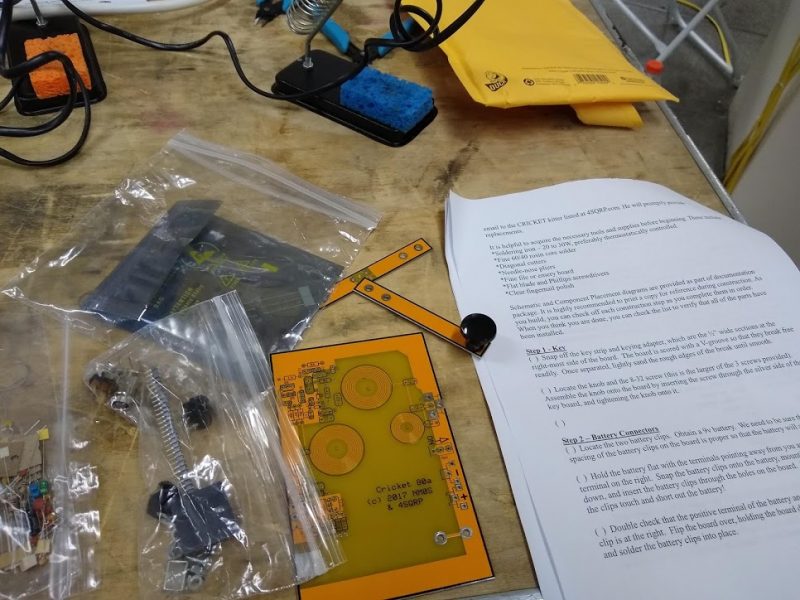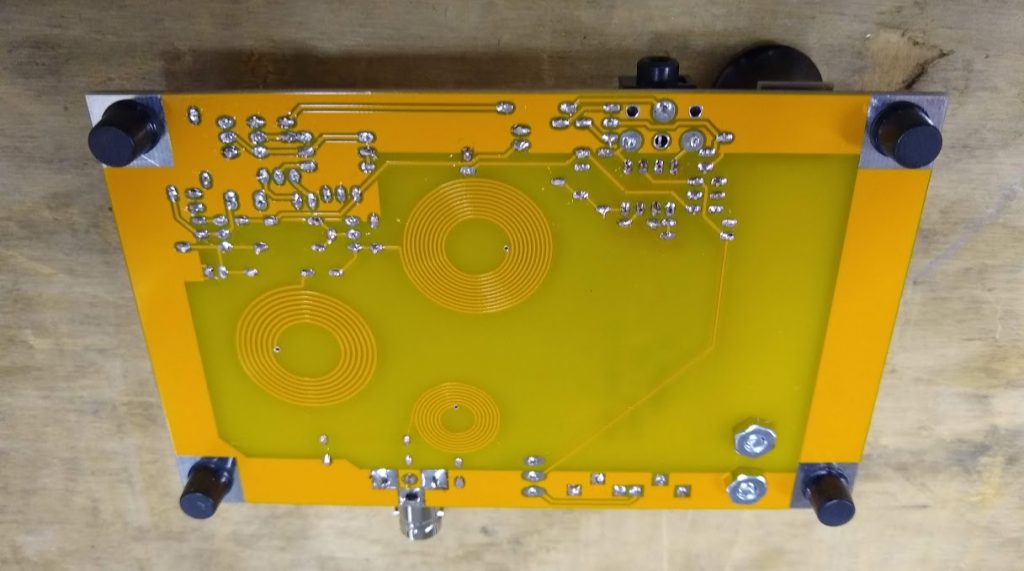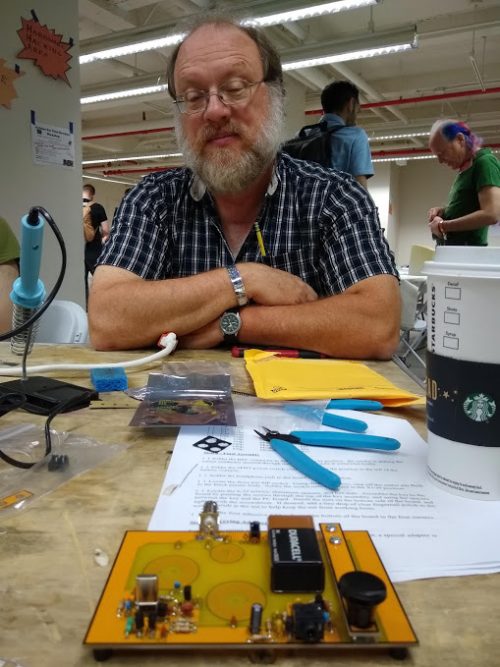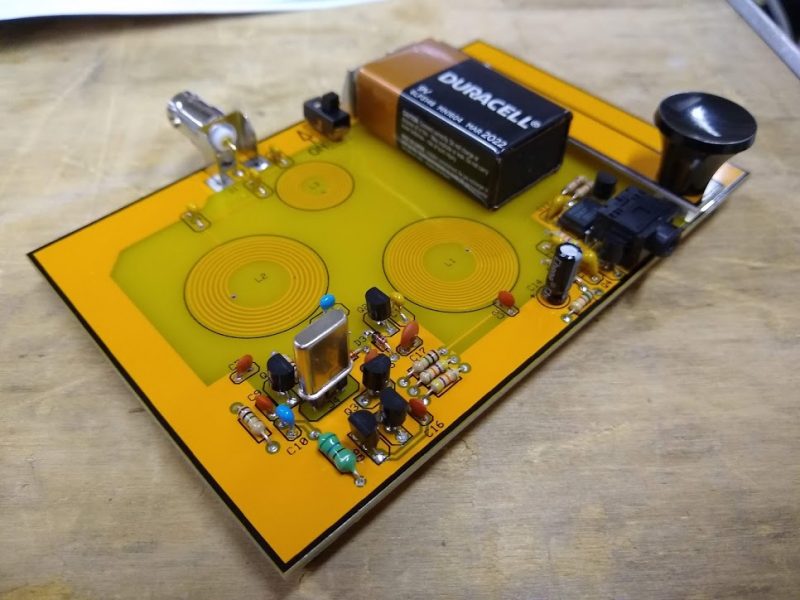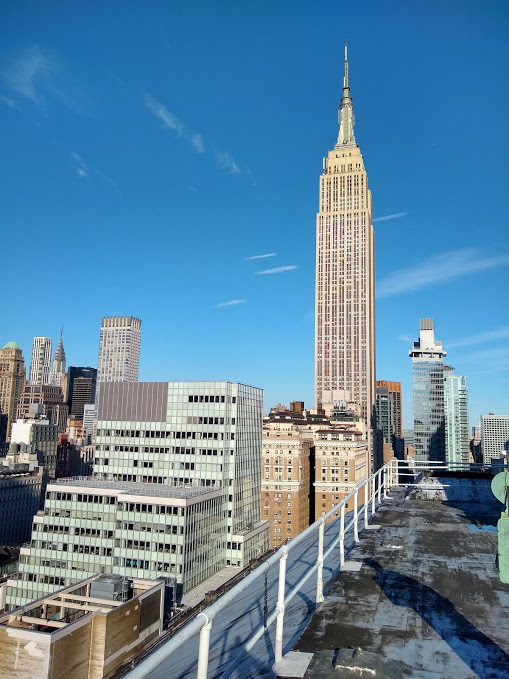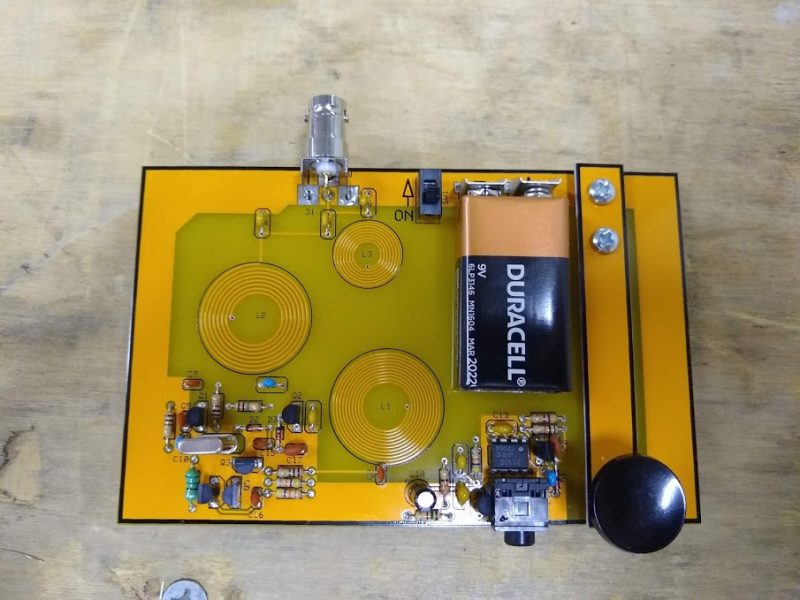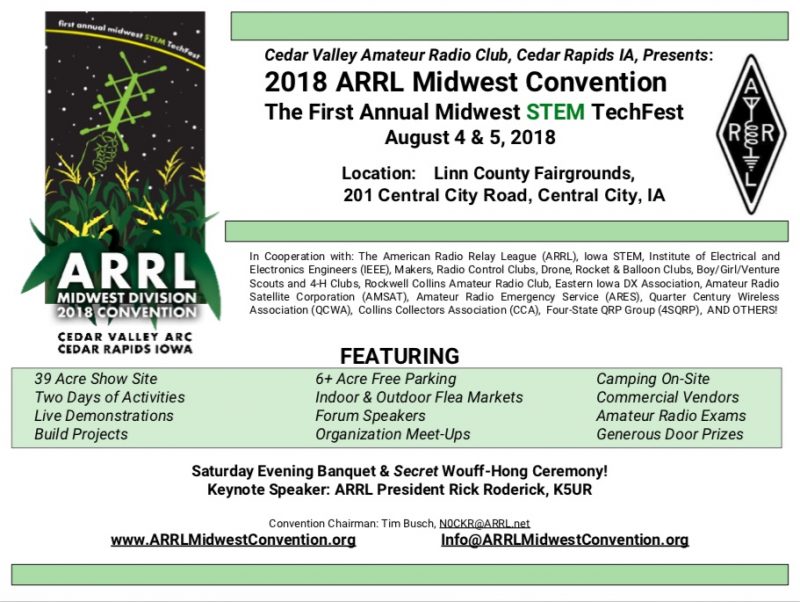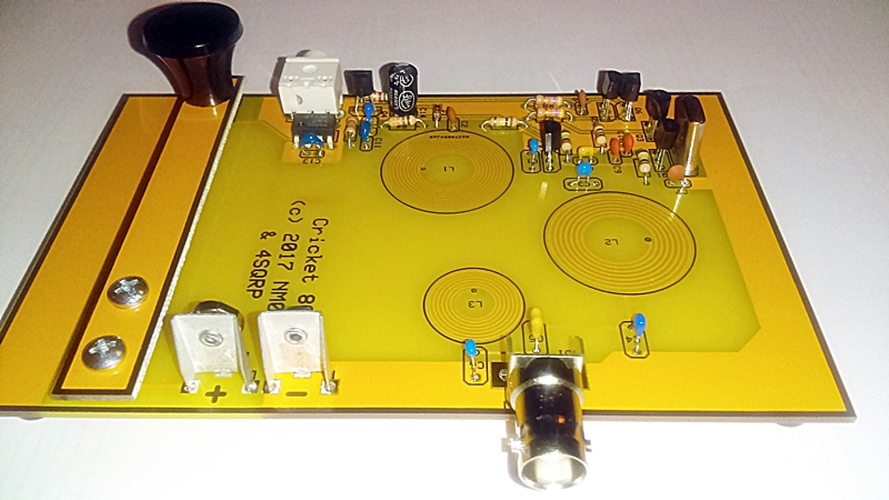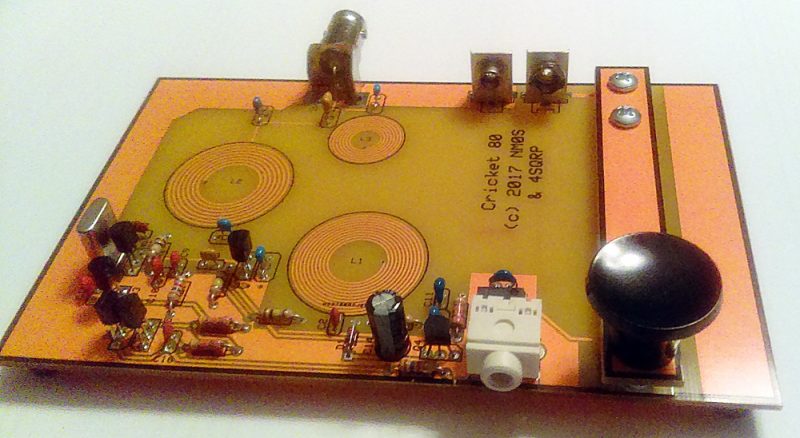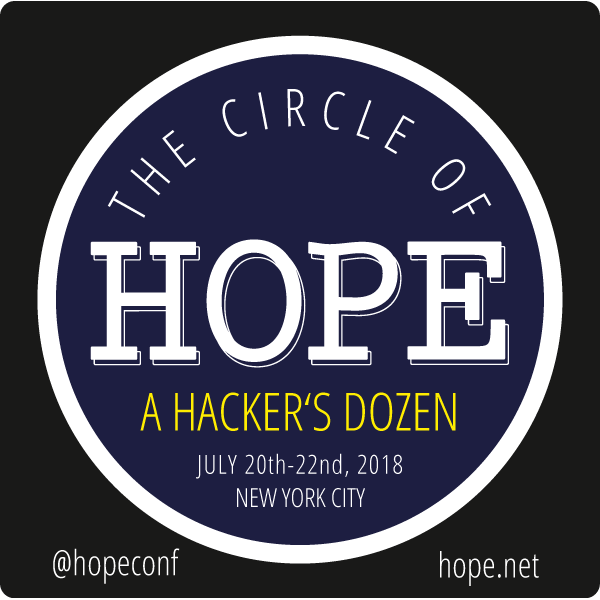 Dear Post Readers,
Dear Post Readers,
If you live near or are planning travel to New York City next week, I would encourage you to check out the HOPE (Hackers On Planet Earth) conference at the Hotel Pennsylvania (July 20-22, 2018). The location couldn’t be more accessible: across the street from Penn Station and down the block from the Empire State Building.
The HOPE conference is diverse with an incredibly wide range of topics spanning technology, culture and so more. We’re talking about “hacking” in the best sense: those with the technical knowledge and ingenuity to overcome problems and better understand/explore the world around us. HOPE always has a strong contingent of radio enthusiasts as well–many of whom also attend the Winter SWL Fest in Plymouth Meeting, PA.
This will be my first HOPE conference so I’m especially honored to have been selected as a presenter.
HOPE Presentation
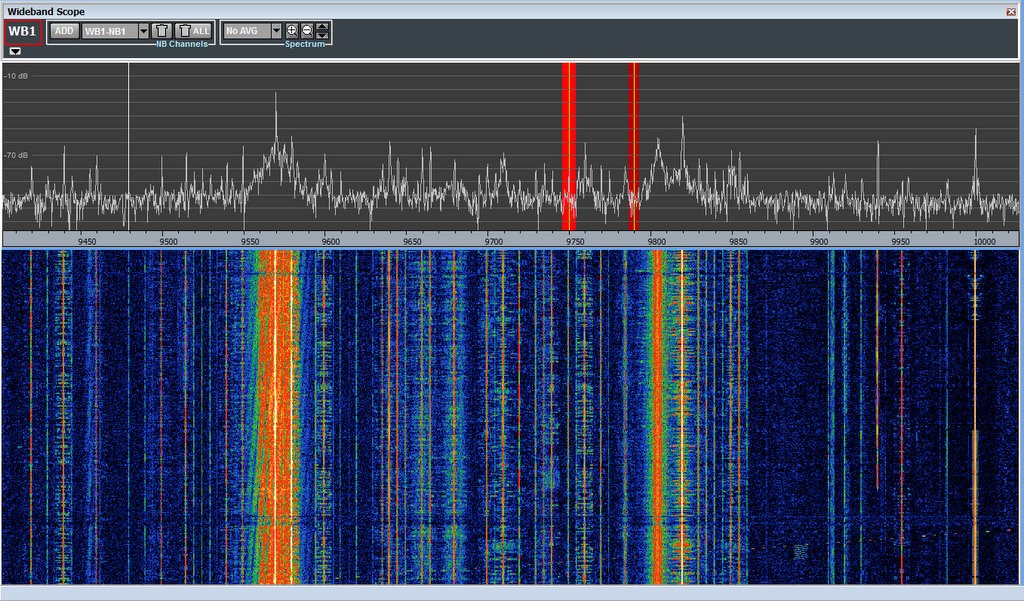
My presentation is titled: Creating a Radio Time Machine: Software-Defined Radios and Time-Shifted Recordings–here’s the description:
Since the earliest days of radio transmitting, individuals and organizations have made an effort to record and preserve radio signals in the form of broadcasts and other over-the-air communications, especially those of historical significance. Now low-cost software-defined radios (SDRs) coupled with today’s faster memory-enhanced computers allow us to record not just individual signals from one radio station at a time, but an entire broadcast band – a wide swath of frequencies – all at once. Each recording from a particular day and time can easily contain dozens, if not hundreds, of stations broadcasting and communicating simultaneously. Later, via a software-defined radio application, recordings can be tuned and listened to (decoded) as if they were live. This talk will discuss how you can build your own “radio time machine” which supports such virtual time shifts by utilizing an inexpensive ($25-$100) SDR, and also show how you can – for free – virtually “travel” through recent history on radio archivists’ preexisting radio time machines.
Time & location: Saturday 1900 Booth
My two main goals with this presentation are to bring more radio converts into our hobby by showing how accessible and dynamic radios are today and also to give The Radio Spectrum Archive some exposure.
HOPE Workshop
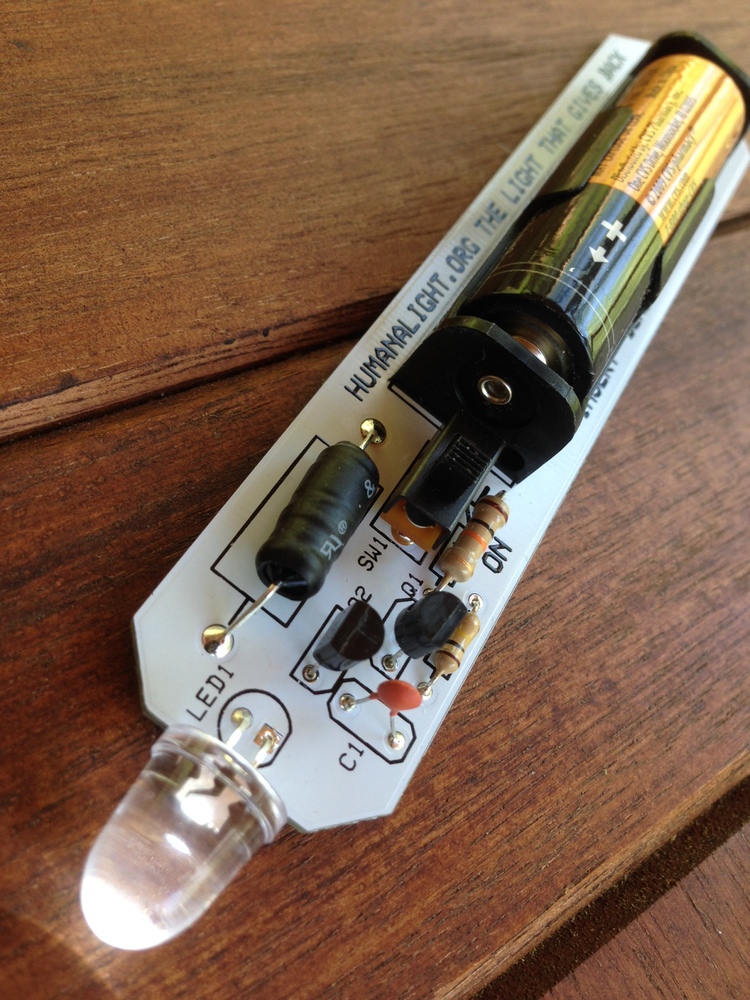
I’m also excited to co-host workshop with my good friend, David Cripe (NM0S). Our workshop is titled: Build the HumanaLight: A “Green” Lamp from Trashed Batteries–here’s the description:
This mini-lamp developed for use in impoverished regions where there’s no electrical grid is powered by a surprising, but ubiquitous, waste product – the residual energy in depleted (used) AA batteries. Workshop attendees will build a HumanaLight on a high-quality printed circuit board. The kit includes all necessary parts, even a “dead” AA battery! No experience required. There is a $15 fee for the kit, with the proceeds going to the nonprofit organization Ears To Our World, which developed this valuable and important technology.
Time & location: Friday 1900-2030 Hardware Hacking Village (Mezzanine)
No kit building experience is necessary! We’ll help and guide you as you build an incredibly useful tool!
HOPE Radio

In my spare time, I also plan to help with HOPE’s special event amateur radio station W2H. If you can’t attend the event, consider trying to work us on the air! Here are the details:
Amateur Radio Special Event Station W2H and 70cm Repeater
If you’re an amateur “ham” radio operator, you’re part of a hacker community that goes back over a century. Bring your handie-talkie to QSO with the many hams at HOPE to keep up with what’s happening. Visit Special Event Station W2H and operate on several HF/VHF/UHF bands in various voice and data modes to freely communicate with hams around the globe – sans telecom infrastructure! Our 70cm repeater input is 442.875 MHz (PL 167.9) and the output is 447.875 MHz which W2H operators will be monitoring. We also encourage simplex ops on 147.545 MHz and 433.545 MHz (PL 77.0).
More details at http://ham.hope.net.
Time and Location: Friday through Sunday – 18th Floor (next to the 2600 store)
If you can’t tell, it looks like an action-packed weekend! I’m super excited and (admittedly) a little intimidated! Should be lots of fun.
Come join the fun!
Full details can be found at The Circle of HOPE conference website.

